
AI Coverage
about 13 hours ago
FDA Clears AI-Powered CT Triage Software for Intracranial Hemorrhageabout 17 hours ago
Sifting Through AI Predictions, Guesses, Hopes and Fears11 days ago
Top Five Radiology Content — November 202513 days ago
Advances in AI — November 2025Latest News
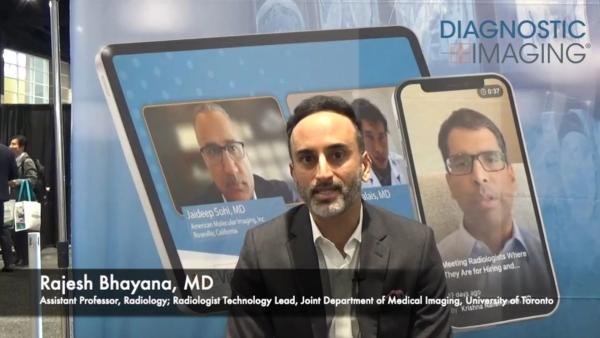
Current and Emerging Concepts with LLMs in Radiology: An Interview with Rajesh Bhayana, MD

FDA Clears AI-Powered CT Triage Software for Intracranial Hemorrhage

Sifting Through AI Predictions, Guesses, Hopes and Fears

Diagnostic Imaging's Weekly Scan: November 30 — December 6

Assessing the Potential Impact in Radiology for GE HealthCare’s Acquisition of Intelerad

Shorts










Podcasts
Videos
All News

In a recent interview at the RSNA conference, Manisha Bahl, M.D., discussed new research examining the use of slab reconstruction technology with digital breast tomosynthesis (DBT), and its potential in reducing interpretation time and imaging volume.
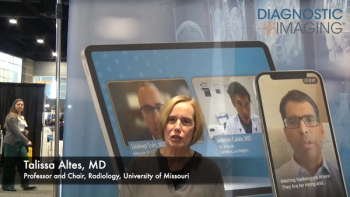
In a recent interview at the RSNA conference, Talissa Altes, M.D., and Konstanze Diefenbach, M.D., discussed the potential utility and recent research findings on the use of the MRI contrast agent gadoquatrane for pediatric patients.
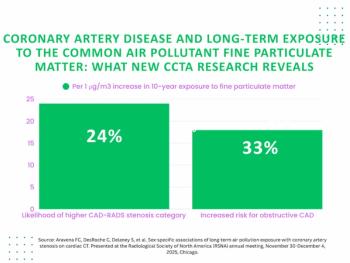
For men with a 1 μg/m3 increase in ten-year exposure to fine particulate matter, a common air pollutant, there was a 47 increased likelihood of moving to a higher CAD-RADS stenosis category, according to new coronary CT angiography research presented at the Radiological Society of North America (RSNA) conference.
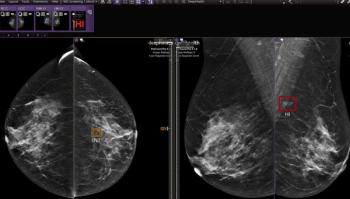
The Breast Suite software reportedly provides automated localization of regions of interest on mammograms as well as AI-enabled assessments of breast density and stratification of breast cancer risk for up to two years.

Absent flow to perforator vessels in the face occurred in over 40 percent of women who had cosmetic fillers, according to new vascular ultrasound research presented at the RSNA conference.

Preliminary research has shown that the Vanquish Water Vapor Ablation System eliminated MRI-visible intermediate-risk PCa in over 90 percent of patients.
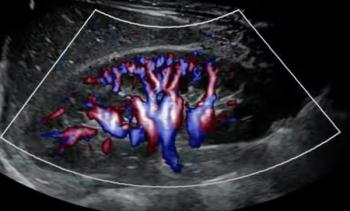
The Resona A20 device reportedly provides advances in imaging and AI automation along with an intuitive ergonomic design for ease of use.

In a recent interview at the RSNA conference, Constance Lehman, M.D., Ph.D., discussed new research, which compared image-based AI for mammography versus breast density assessment in evaluating breast cancer risk.
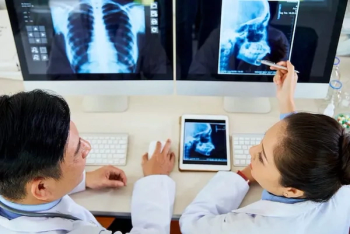
In lieu of compensation bumps and increased PTO, awareness of a points-based system for job performance may provide an alternate motivational spark.
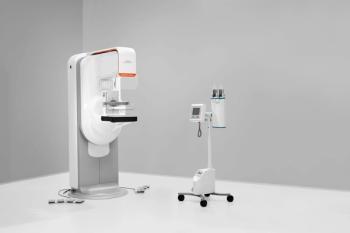
The addition of ClearCEM to Mammomat B.brilliant devices reportedly enhances differentiation of suspicious areas in image reconstruction and facilitates improved accuracy with tomosynthesis-guided biopsies.

In a recent interview, Stamatia Destounis, M.D., discussed new research, which showed that over 20 percent of breast cancer was detected in women under 50 years of age and that 80 percent of these cases involved invasive breast cancer.
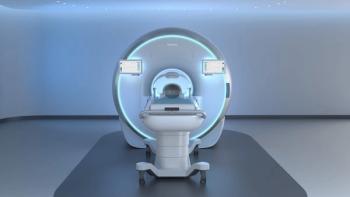
Reportedly the first MRI platform with a helium-free 3T magnet, the BlueSeal Horizon device offers a variety of AI-powered features as well as enhanced 3D image reconstruction.

In a study of over 13,000 patients who presented with knee pain, MRI data demonstrated a 20 percent higher prevalence of anterior cruciate ligament (ACL) tears in men than women.

Catch up on the top radiology content of the past week.

Catch up on the most well-viewed video interviews from Diagnostic Imaging in November 2025.







































